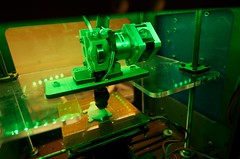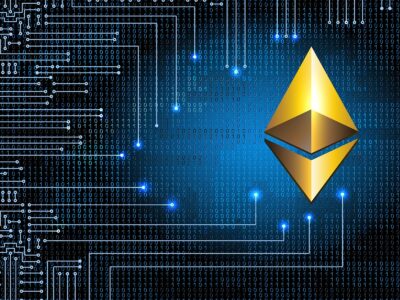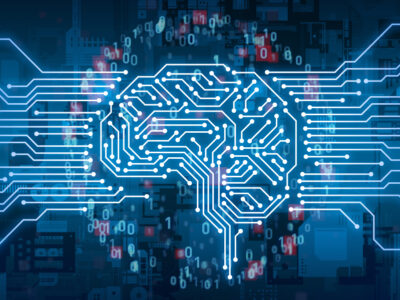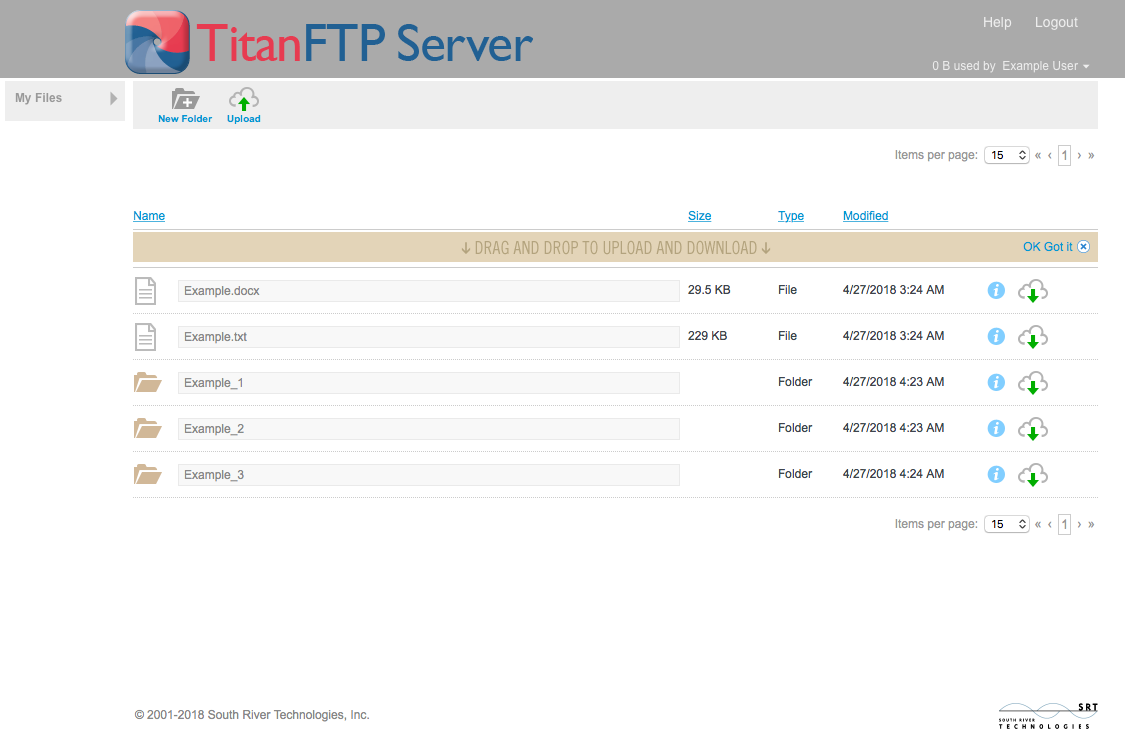 Anybody who has or uses a computer is familiar with the computer printer, inkjet or laser. Plus the photocopier which basically uses the same printing method as the computer printer. These ‘now-ordinary’ printers are also great developments from the dot-matrix printers, the erstwhile ‘standard’ of the technology only a few years back. But then there is now 3D printing, which is again a great leap from jet and laser printers.
Anybody who has or uses a computer is familiar with the computer printer, inkjet or laser. Plus the photocopier which basically uses the same printing method as the computer printer. These ‘now-ordinary’ printers are also great developments from the dot-matrix printers, the erstwhile ‘standard’ of the technology only a few years back. But then there is now 3D printing, which is again a great leap from jet and laser printers.
So what could future printers be like?
The development of future printers could probably go in two directions, one following the inkjet technology, and the other taking off from the 3D technology.
In the first course on the one hand, printers will essentially be improvements on the present systems, still using liquid to print on surfaces. However, the liquid droplets could be infinitesimally smaller than those used today, to print truly ultra-high-resolution graphics that will be more real life-like than ever. It might be capable of making the pictures taken with the Lytro Light field camera, a newfangled notion of picture capture, same as when seen through the camera itself.
The same system can be used in other ways. For instance, in Japan scientists are now trying to make printers print scents onto paper. If they succeed future Christmas cards may smell of pine and roasting chestnuts, and cookbooks can make bookstore employees perpetually hungry.
On another tack, future printers may be able to permanently and indelibly print designs onto marble, glass, wood and so on, so you can have your own designs printed in your floors, walls, ceilings and even lighting fixtures. It can be fun doing it and your house will have a highly unique look that can even be terribly individualistic.
Using metallic materials, future printers may perhaps print solar cell components so production can be very swift and inexpensive, boosting nature conservation tremendously. It may be also possible to use in printing circuit boards, so that even amateur electronic tinkerers can print their own microchips to run homemade robots and the like.
On the other hand, future 3D printers may be able to make print outs of other materials than plastic as the case today. Imagine if concrete forms can be printed out: you can design and realize your own house by simply printing out the components yourself. This 3D machine is even now being perfected at the Loughborough University, Leicestershire, UK, and the scientists there see tremendous possibilities of its use, primarily in the construction industry.
If wood can be laminate-printed, you can make wood furniture, home components, toys and other useful things in whatever form and configurations you like, and very aesthetic ones at that.
Finally, developments are at present being undertaken to ‘print’ food. There is now, for example, liquid food ‘printed’ from chocolate, cheese and celery at the Cornell University, New York. In Maastricht University, a ‘test-tube burger’ may soon be a reality, ‘printed’ from cow fat and flesh from cattle stem cells. The way things develop today, what is in the science laboratory could be in the home within a few years, so maybe supermarkets would be obsolete pretty soon.
But perhaps what we’d really want is how to print money at home. We can all dream.
Attached Images:
- License: Creative Commons image source
Chris from Toner Printer Copier has to keep up with all the ltest and potential new printing equipment for running his online retailer of printing copying and office equipment.









Comments